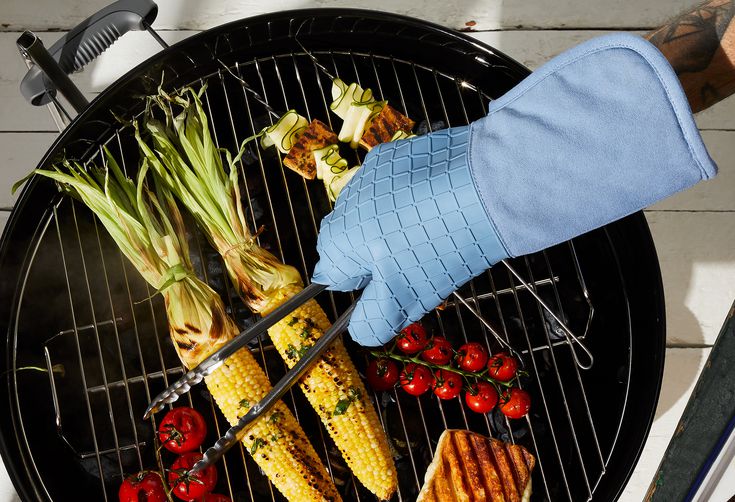Featured
- Get link
- X
- Other Apps
A Brief History of the American Cookout

There’s something almost spiritual about watching someone cook with fire: the glowing red charcoal pulsing with energy; the slow, controlled breaths sending ash fluttering into the air. Perhaps we tend to huddle around the flames to watch—whether we know it or not, it’s an experience that tugs at our shared history. From a backyard hot dog in New Jersey, to razor-thin bulgogi in Seoul, to Jamaican jerk chicken, cooking with fire draws crowds among myriad cultures.
Jim Auchmutey, author of Smokelore, notes that grilling dates back to the Paleolithic era, when humans first cooked meat over open fire. There were no fancy rubs or sauces, no direct or indirect heat. Nonetheless, Dr. Richard Wrangham, a professor of biological anthropology at Harvard University, claims that the discovery of heating food altered the course of human development. In Catching Fire: How Cooking Made Us Human, Wrangham writes that “cooking was a great discovery not merely because it gave us better food, or even because it made us physically human. It did something even more important: it helped make our brains uniquely large, providing a dull human body with a brilliant human mind.” Before humans discovered cooking, our ancestors spent most of their time and energy chewing raw fibrous plants and vegetables. But their jaws and teeth were no match for raw meat. To make chewing easier, they used stone tools as “second teeth” to break down animal flesh. This was still a lot of work. According to Wrangham, once humans began cooking with fire, they were able to consume more calories with less time and effort, which supported the development of larger brains.
* This article was originally published here
- Get link
- X
- Other Apps
Popular Posts
Interparfums FY 2022: record earnings as operating profit soars 33 percent
- Get link
- X
- Other Apps
CEO pay on the rise and pay gap widens despite cost-of living crisis
- Get link
- X
- Other Apps
Comments
Post a Comment